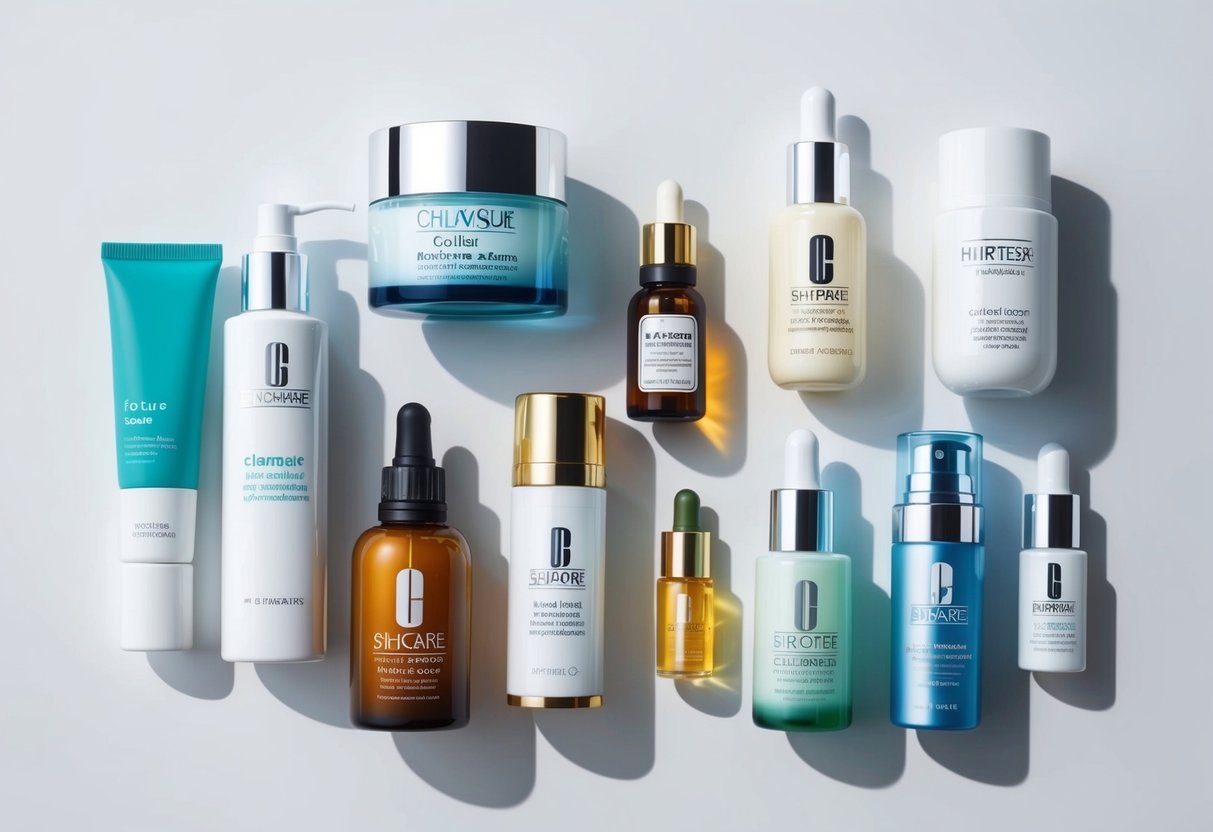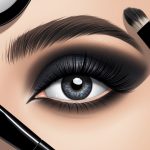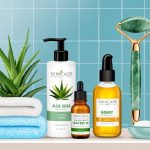How to Get Clear Skin Fast: Expert-Recommended Beauty Routines for Every Skin Type
Achieving clear skin quickly is possible with expert-recommended skincare routines tailored to every skin type. Healthy, radiant skin starts with the basics—gentle cleansing, consistent hydration, and daily use of sunscreen. Avoid harsh scrubbing and unnecessary irritation.
Simple steps like moisturizing and resisting the urge to touch or pick at the face can make a noticeable difference for many people looking for fast results.
People with oily, dry, or sensitive skin often need routines that suit their unique needs. The key is choosing products and habits that support skin’s natural balance without clogging pores or causing excess dryness.
Effective skincare strategies involve regular cleansing, hydrating after washing, and protecting the skin from sun exposure, as outlined by dermatologists and experts in healthy skin routines.
A clear skin journey also requires awareness about lifestyle factors such as stress, exercise, and even the quality of water used for washing the face. By making smart choices and following proven skincare tips, anyone can see improvement in skin clarity and appearance within a relatively short timeframe.
Understanding Your Skin Type

Knowing your skin type is essential for successful skincare. It helps tailor product selection and everyday routines to avoid irritation, clogged pores, or worsening conditions like acne or eczema.
Identifying Common Skin Types
Skin is typically classified as oily, dry, combination, sensitive, or acne-prone. Oily skin often appears shiny and is prone to enlarged pores and breakouts.
Dry skin may feel tight, flaky, or rough. Combination skin has both oily and dry areas, most commonly an oily T-zone (forehead, nose, chin) with drier cheeks.
Sensitive skin is easily irritated by skincare products or environmental factors, leading to redness, itching, or stinging. Acne-prone skin may have frequent pimples, blackheads, or whiteheads and can overlap with other skin types.
Recognizing these traits allows for building a skincare routine focused on individual needs. For more, see how to determine your unique skin type.
Genetics and Skin Health
Genetics influence skin type and predisposition to issues such as eczema, sensitivity, and oil production. If family members have oily, sensitive, or acne-prone skin, similar challenges may arise for you.
Some conditions, including eczema, have strong genetic links and may need special care to avoid flare-ups. Inherited traits also play a role in skin texture, hydration levels, and pigmentation.
Understanding these hereditary tendencies can guide long-term self-care strategies and help in managing persistent conditions by tailoring preventive and corrective actions.
How Skin Type Affects Product Choices
Selecting skincare products that match the skin’s characteristics is vital for healthy, clear skin. Oily skin benefits from gentle cleansers and non-comedogenic moisturizers to prevent excess oil and clogged pores.
Dry skin needs richer creams that restore hydration, while sensitive skin requires fragrance-free, hypoallergenic formulas to limit irritation. Combination skin usually needs targeted solutions for different areas—light gels for oily zones and creamier products for dry patches.
Those with acne-prone skin should focus on ingredients like salicylic acid or benzoyl peroxide, but avoid harsh scrubs. Skincare recommendations adapt to these differences; more guidance on product selection is available in comprehensive skin health guides.
Core Daily Skincare Routines
Establishing a proper daily skincare routine can make a noticeable difference in skin clarity and appearance. Following expert-backed steps each morning and evening is key in managing excess oil, redness, and breakouts for all skin types.
Morning Skincare Routine Essentials
A consistent morning skincare routine sets the foundation for healthy skin throughout the day. Begin with a gentle cleanser to remove excess oil and impurities that build up overnight.
Cleansing keeps pores clear and preps the skin for further treatment. Next, apply a targeted serum containing ingredients like vitamin C or hyaluronic acid.
These serums brighten the complexion and help with hydration. Moisturizing is crucial, even for oily skin types.
Select a lightweight, non-comedogenic moisturizer that maintains the skin barrier. The final and most important step is broad-spectrum sunscreen with at least SPF 30.
Daily sunscreen prevents premature aging and protects against UV damage, which is essential for clear skin. For extra protection, consider using mineral-based formulas.
You can find more detailed steps for a morning skincare routine.
Evening Skincare Routine Steps
A solid evening skincare routine helps the skin recover and repair overnight. Start with a thorough cleanse to remove sunscreen, makeup, and daily pollutants.
Using a gentle yet effective cleanser ensures the skin is free of debris without disrupting its natural balance. For those with congested or breakout-prone skin, a chemical exfoliant like salicylic acid or glycolic acid can be used several times per week.
This step assists in unclogging pores and improving texture. After cleansing and exfoliating, serums targeted for nighttime repair, such as those containing niacinamide or retinol, can address skin concerns like dullness or fine lines.
Finish with a richer moisturizer or night cream to replenish the skin’s moisture barrier during sleep. This final step aids in stronger skin resilience and maintains hydration levels.
Recommendations for a clinically proven skincare routine for clear skin reinforce the importance of both cleansing and layering moisture at night.
Building Consistency in Your Routine
Maintaining skin clarity relies heavily on consistency in a daily skincare routine. Sticking with a regular schedule helps the skin adjust to products, prevents irritation, and maximizes results.
Rotate active ingredients slowly to avoid overloading the skin. Using the same cleanser, moisturizer, and sunscreen daily forms the core of effective skincare.
Exfoliating two to three times a week is usually sufficient for most skin types. Avoid changing products frequently, as this can disrupt progress and cause new breakouts.
For added structure, some people use a simple chart or journal to track which steps are completed each morning and night:
| Step | Morning | Evening |
|---|---|---|
| Cleanser | ✔ | ✔ |
| Serum | ✔ | ✔ |
| Moisturizer | ✔ | ✔ |
| Sunscreen | ✔ | |
| Exfoliant | 2-3x/week |



